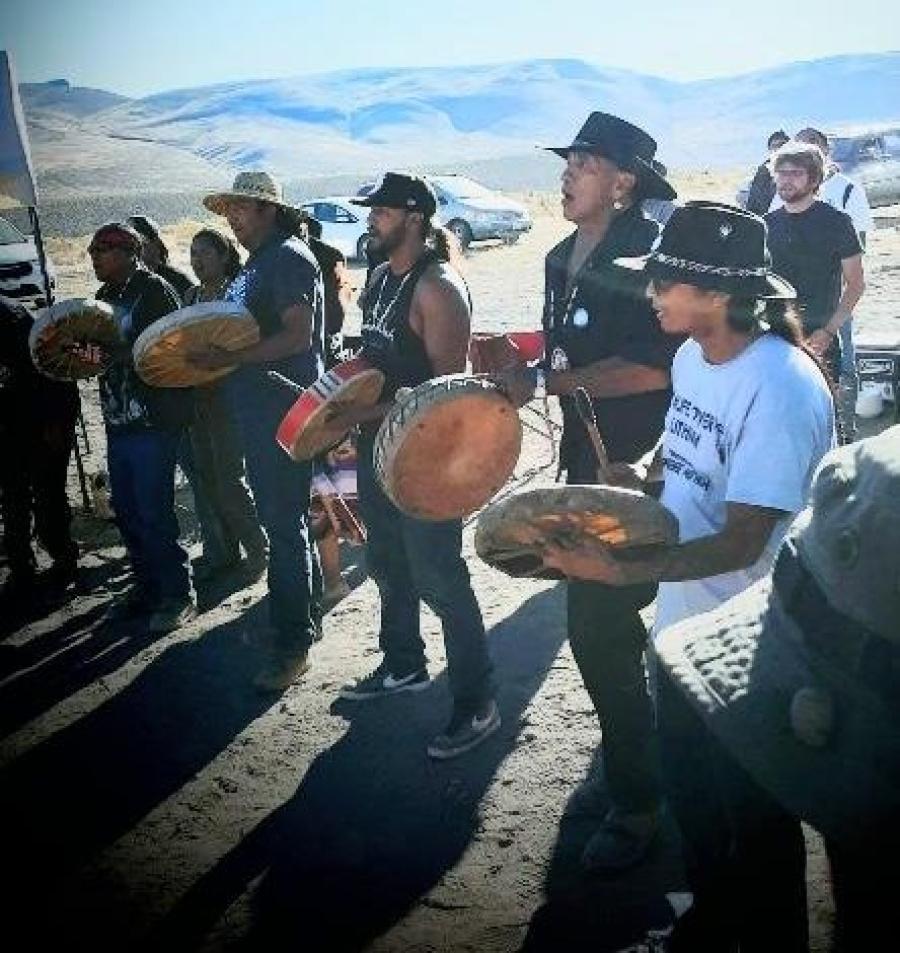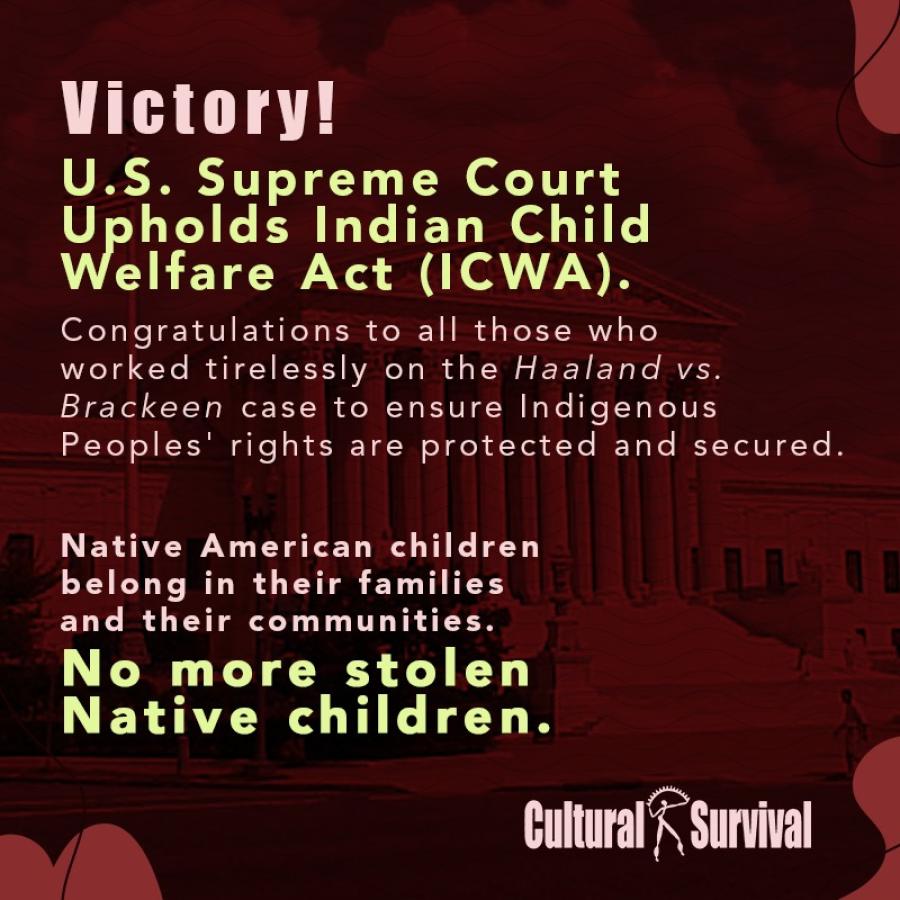
By Sophia Mitrokostas
President Obama visited the Standing Rock Lakota reservation in Cannon Ball, North Dakota on June 13, 2014, taking part in Flag Day celebrations and addressing issues surrounding the experience of Native Americans in the US.
This was President’s first visit to a Native American reservation since first taking office in 2009 and is the first presidential visit to a reservation since Bill Clinton visited the Pine Ridge reservation in South Dakota in 1999. Obama visited the Crow reservation in Montana before his election to the White House.
The day’s festivities kicked off with male and female dancers performing traditional dances, including grass, fancy shawl, and jingle dances. Children from the Lakota Language Nest school sang the national anthem in Lakota for the crowd. This school is the only one of its kind in the United States. Obama highlighted the importance of supporting such educational efforts and that he wants to keep Native children “learning about their language and learning about their culture.”
The President met with some of the young people of the reservation before the Flag Day festivities were in full swing. Six students were selected out of a pool of 20 to speak with First Couple. Lakota student Gracey Claymore described her experience speaking with the President as “powerful” and that she felt inspired to “be herself”.
Not all North Dakota residents are pleased with the President’s visit, however. Local members of the National Rifle Association expressed disappointment that Obama did not address second amendment rights during his time in the state. Other residents cited issues surrounding coal and oil industries, border control, and farm bill regulations as topics on which they wished the President had concentrated, saying that the audience for his visit was too selective.
In introducing the President, Chairman of the Standing Rock reservation David Archambault II called for the creation of a sustainable job environment, eliminating the economic and educational roadblocks that stand between many Native Americans and a successful future.
Archambault stressed that education is “critical” and that Lakota children “deserve a fair chance to grow and prosper.” He also stated that though “all the challenges of Indian Country cannot be solved in one visit”, he hopes that Obama’s visit to Cannon Ball sets a precedent for more frequent visits to Native reservations.
Obama echoed this sentiment in his speech, stating that “every American, including every Native American, deserves the chance to work hard and get ahead.” He spoke specifically about promoting education within the Native community as well as building economic opportunity for Native people both on and off the reservation.
The President also acknowledged that the nation-to-nation relationship of the tribal peoples of the United States and the federal government has been neglected throughout the years, but that relations are now “stronger than ever.” He promised to respect the sovereignty of Native nations and help repair the deeply fissured trust between Native tribes and the federal government, working to uphold treaty obligations between the U.S. and Native Peoples.
The overall tone of Obama’s address to his Lakota audience was one of hope and reconciliation. The President recognized the work needed to begin to repair the relationship between American Native Peoples and “spirit of true partnership and mutual respect” that he hopes can be achieved between tribal nations and the federal government.



